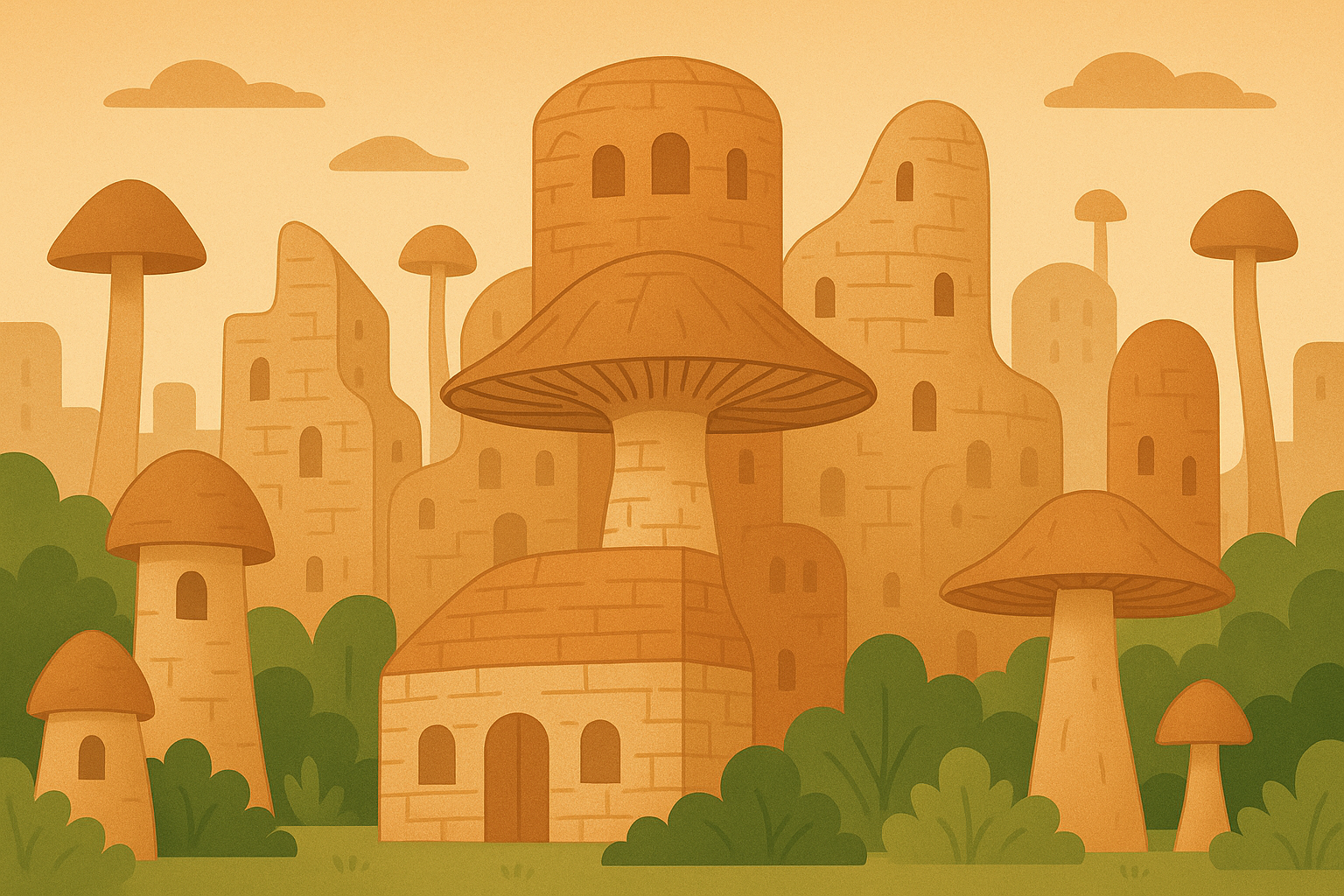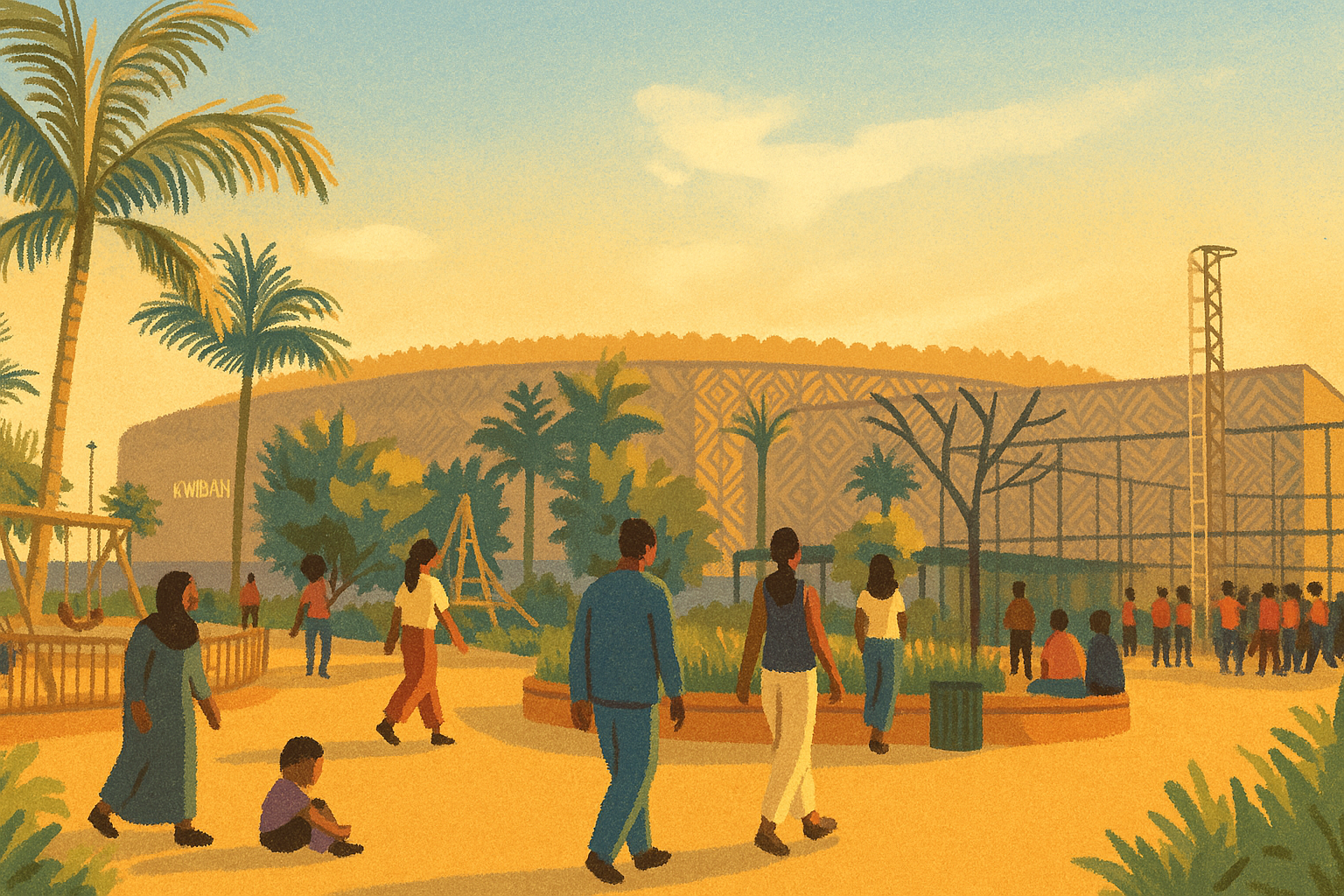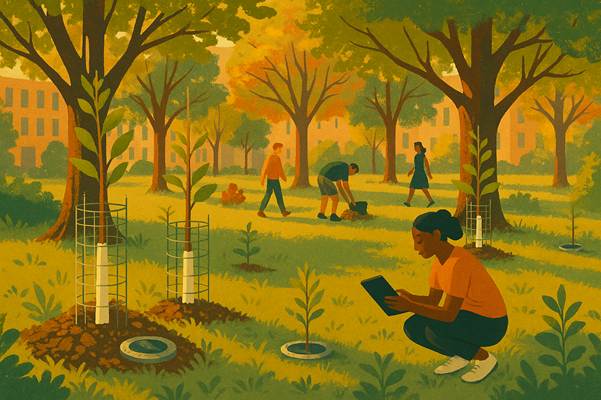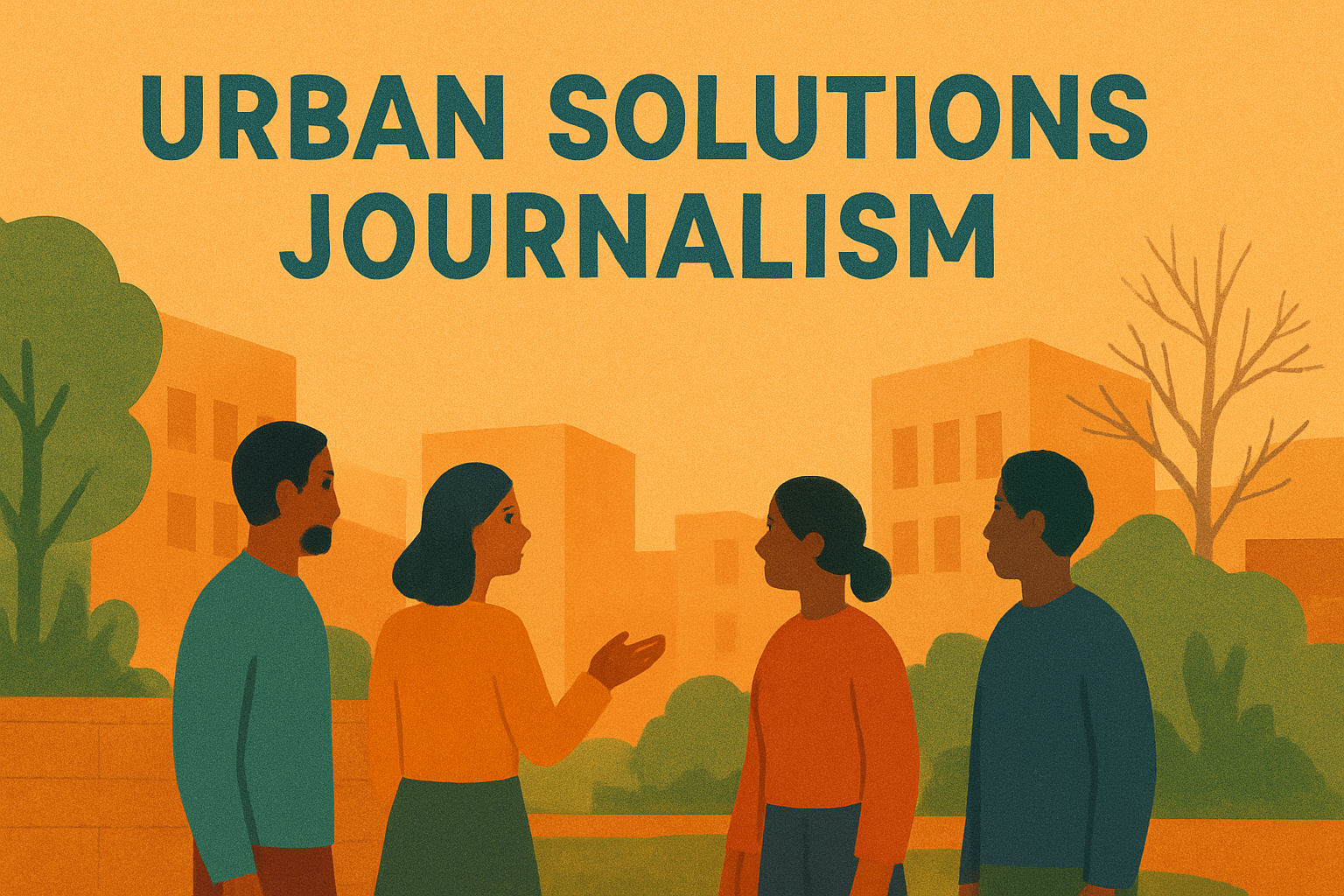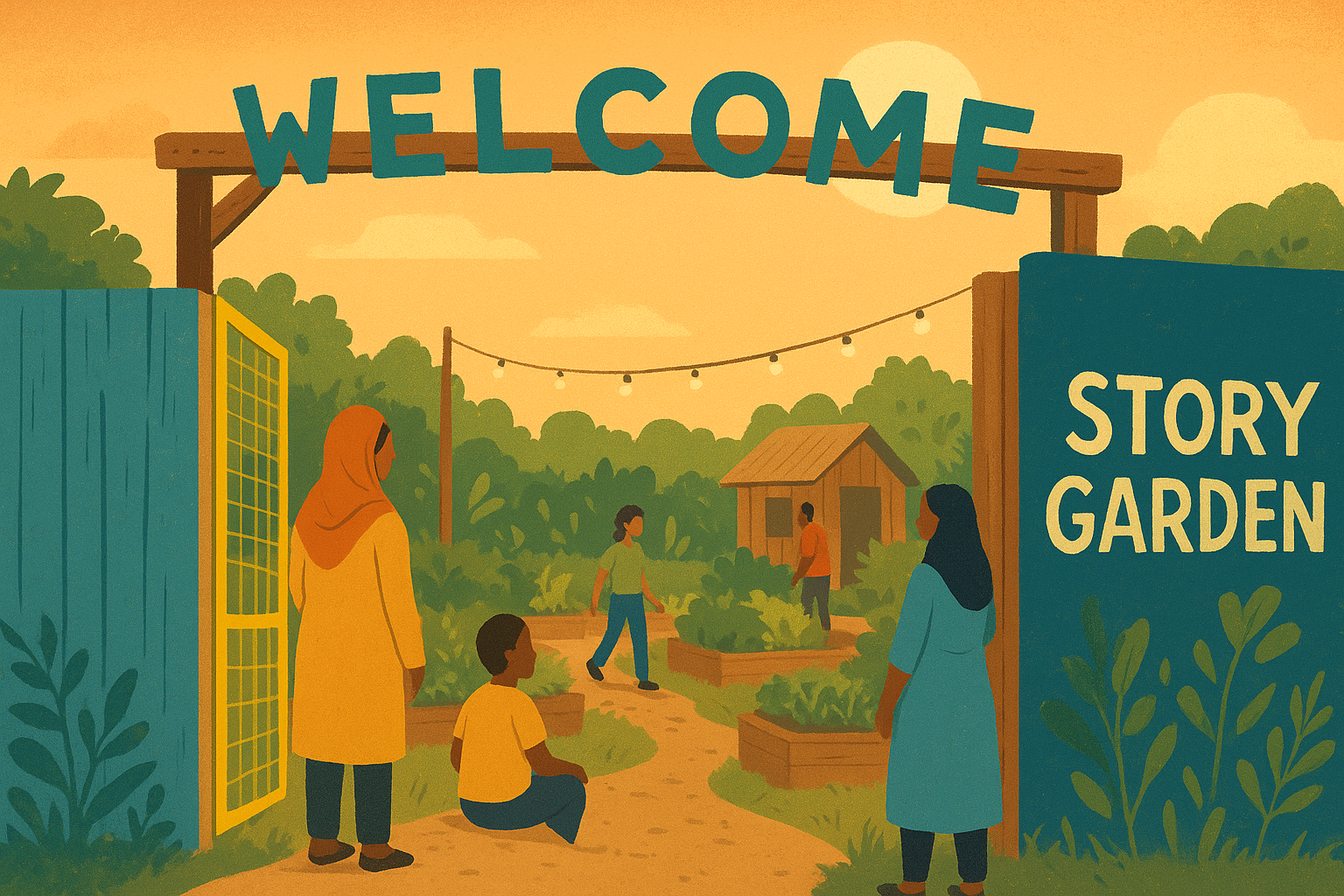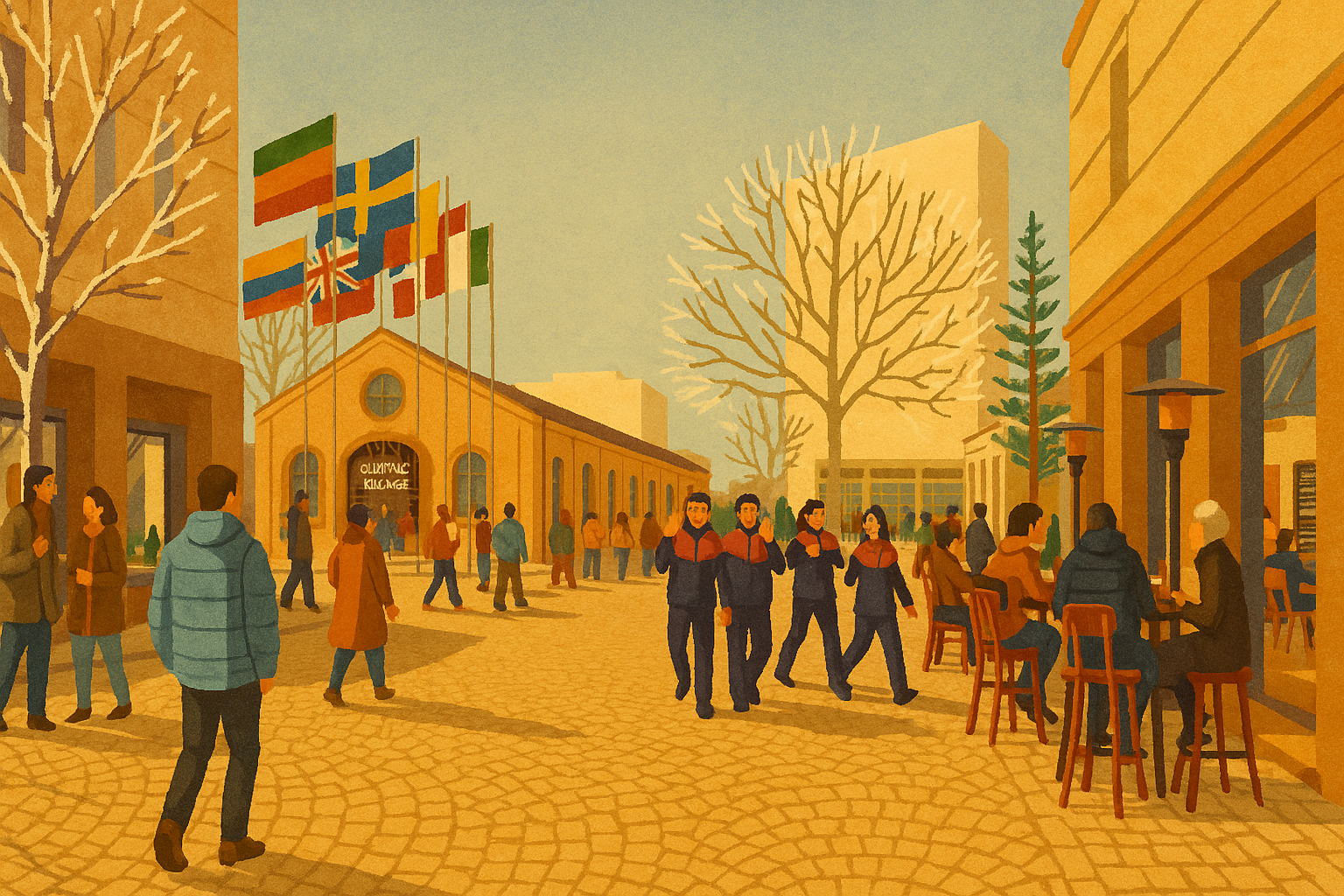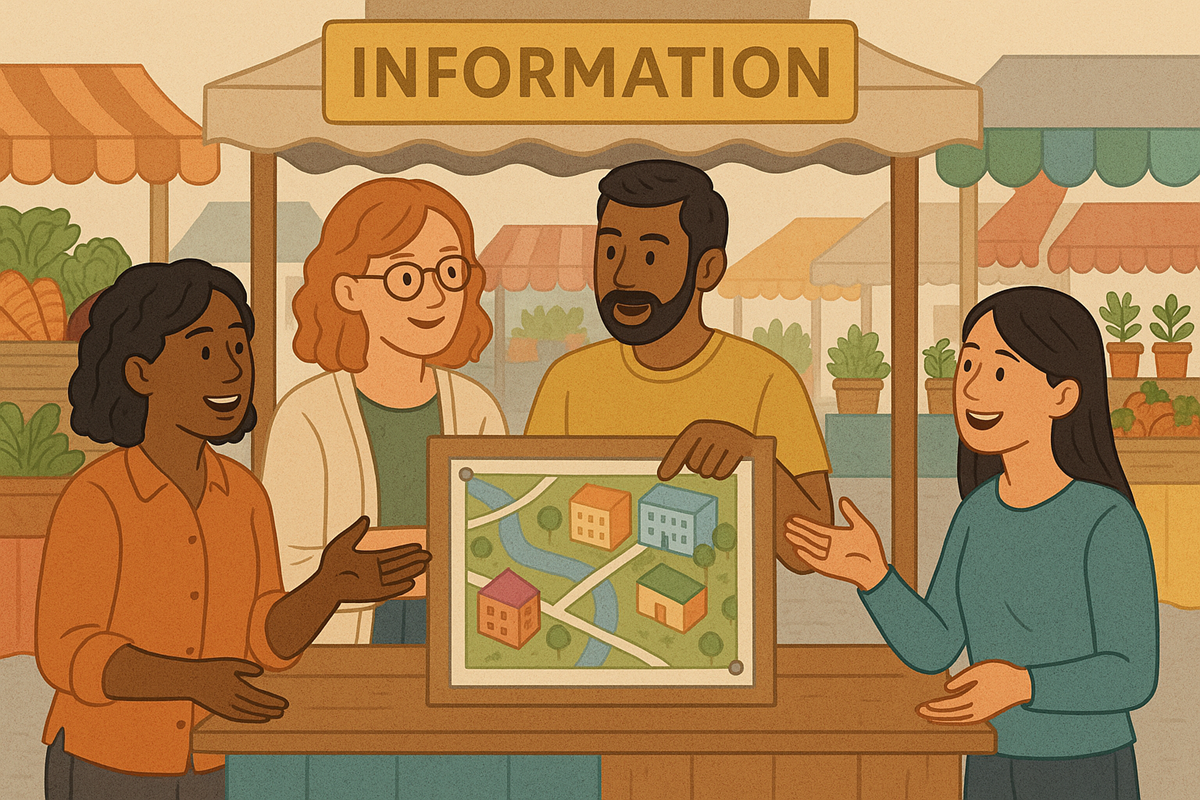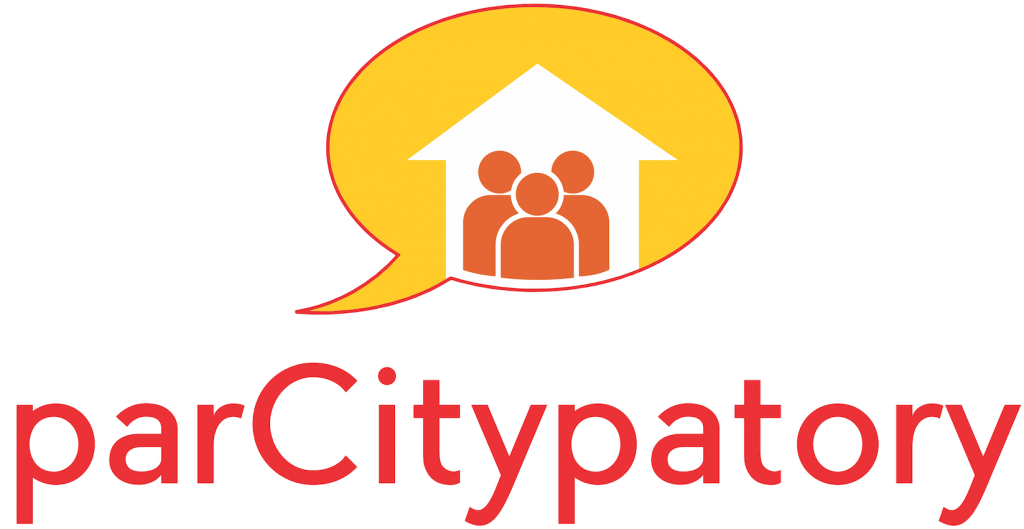Design exhibitions tend to focus on products rather than larger contexts. This is why I love the London Design Biennale, a “global stage for world-leading contemporary design and design-led innovation, creativity and research”: It looks at urban design, the environment, cultural design, and international collaboration. The exhibition aims to promote the global role of design with the ambition to create universal solutions to problems which concern us all.
“Since the last Biennale the global context has drastically changed and the need for collaboration and exchange in a peaceful context feels more important than ever. International design teams continue to demonstrate the possibilities of and their faith in, what can be achieved through design and design thinking. The Biennale reveals what is on people’s minds, across the world, right now.” – Victoria Broackes, Director, London Design Biennale
This year’s edition, running until June 29th at Somerset House, features 35 pavilions from around the world. My favourites are the ones that follow the idea of “design without a designer”, asking how AI, crowdsourcing, and natural structures can influence and even determine design.
Learning from water
Aziz Jamal, an artist who co-created Saudi Arabia’s pavilion, is focused on water. “How do communities supply water for each other in situations of scarcity?”, he asked during a discussion about bottom-up design. “In the Middle East and Asia, it is common to work with tribal designs and the hive mind of people by building on top of what exists”, he explained. For example, communities often get together to supply water coming from a private source to the public.
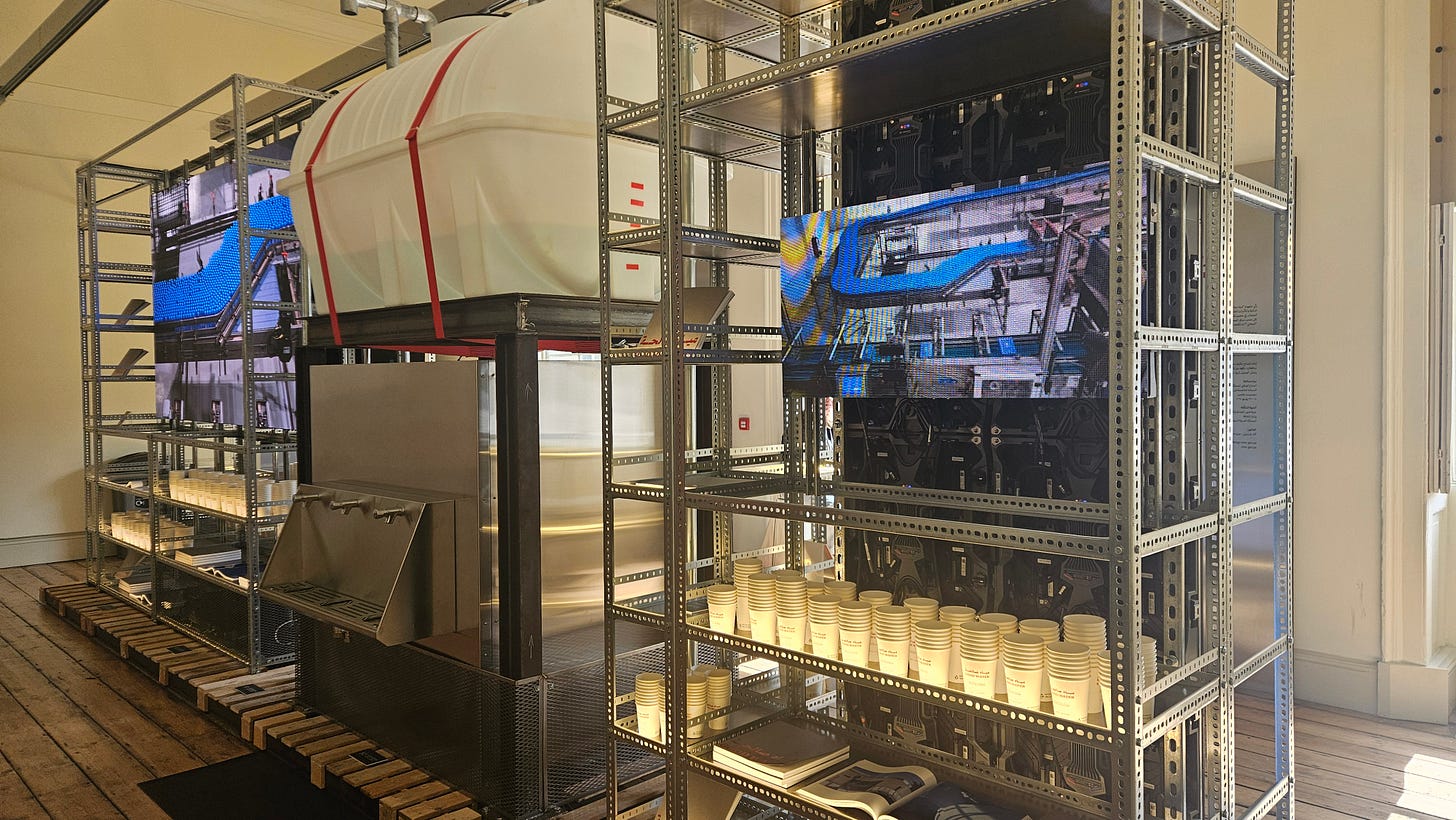
“Good Water”, the exhibition at Saudi Arabia’s pavilion, commissioned by the country’s Architecture and Design Commission and curated by Alaa Tarabzouni, Aziz Jamal, Dur Kattan and Fahad bin Naif, reimagines our relationship with water. It asks us to reconsider who has access to water, how the infrastructure is sustained, and who pays for providing it.
The Sabeel, a traditional free water fountain common across the Arab Peninsula, is at the centre of the pavilion. It symbolises hospitality and communal care. At the same time, the question is who pays for this “free” water – and who makes this offering possible in terms of infrastructure, energy, and labour?
This installation aims to confront the often invisible costs behind everyday convenience and to reflect on shared responsibilities in the context of water scarcity. Sabeels also featured at Expo 2020 in Dubai, where artists came up with inspiring new designs.
Inspired by nature
Northumbria University and UCL had a pavilion called “Building with Biology” that asked whether it is possible to build a building in the same way that we grow a tree. This kind of architecture of scale would be living, evolving with the climate and environment around it. “What happens if you allow biology to do its own thing?”, Professor Martyn Dade-Robertson asked.

He discussed the idea of agency in design by working with materials that have their own tendencies. “We are moving away from the idea of the designer as the master of form and image. Take a city like London – it is not designed, but has emerged and evolved organically, just like biology. Designers are a node within an important network of relationships, but not the masters of this network.”
In the future imagined by this research project, architecture is alive and grown from natural materials like fungi, microbes, and bacteria. This can take the shape of mycelium bricks or humidity-sensitive latex, for example. A combination of digital design and biological processes makes these new, creative forms possible.
And already, for example in Namibia, mycelium is used as a building material for houses – this article details the possibilities.
Designing with AI
One of the most thought-provoking discussions focused on the role of AI. Aleks Berditchevskaia from Nesta’s Centre for Collective Intelligence Design spoke about citizen science and crowd-sourcing for design. Her work centres on how to use AI to enhance collective design processes and group decision-making, for example through citizens’ assemblies.
“We need to collaborate with AI and get the balance right”, she emphasised. While AI for accessibility can be useful – for sharing different viewpoints, making language easier to understand, or finding acceptable policy options in polarised situations , technology that replaces the knowledge humans have built up also brings its challenges. For example, our collective knowledge commons like Wikipedia are already receiving less contributions.
“Generative AI can bring community visions for the future to life, both utopias and dystopias, to enable productive conversation and actions to take now”, she said explaining how AI can be both an enabler and a problem solver. She has worked with participatory modelling and world building in Zimbabwe, for example, to support land management decisions through agent-based modelling.
Human design
“When we inherit an unknown design, we inherit a story”, Aziz Jamal said. And this is what all the pavilion and exhibits at London’s Design Biennale had in common: They appreciated the beauty and potential of designs shaped by many hands and many stories.
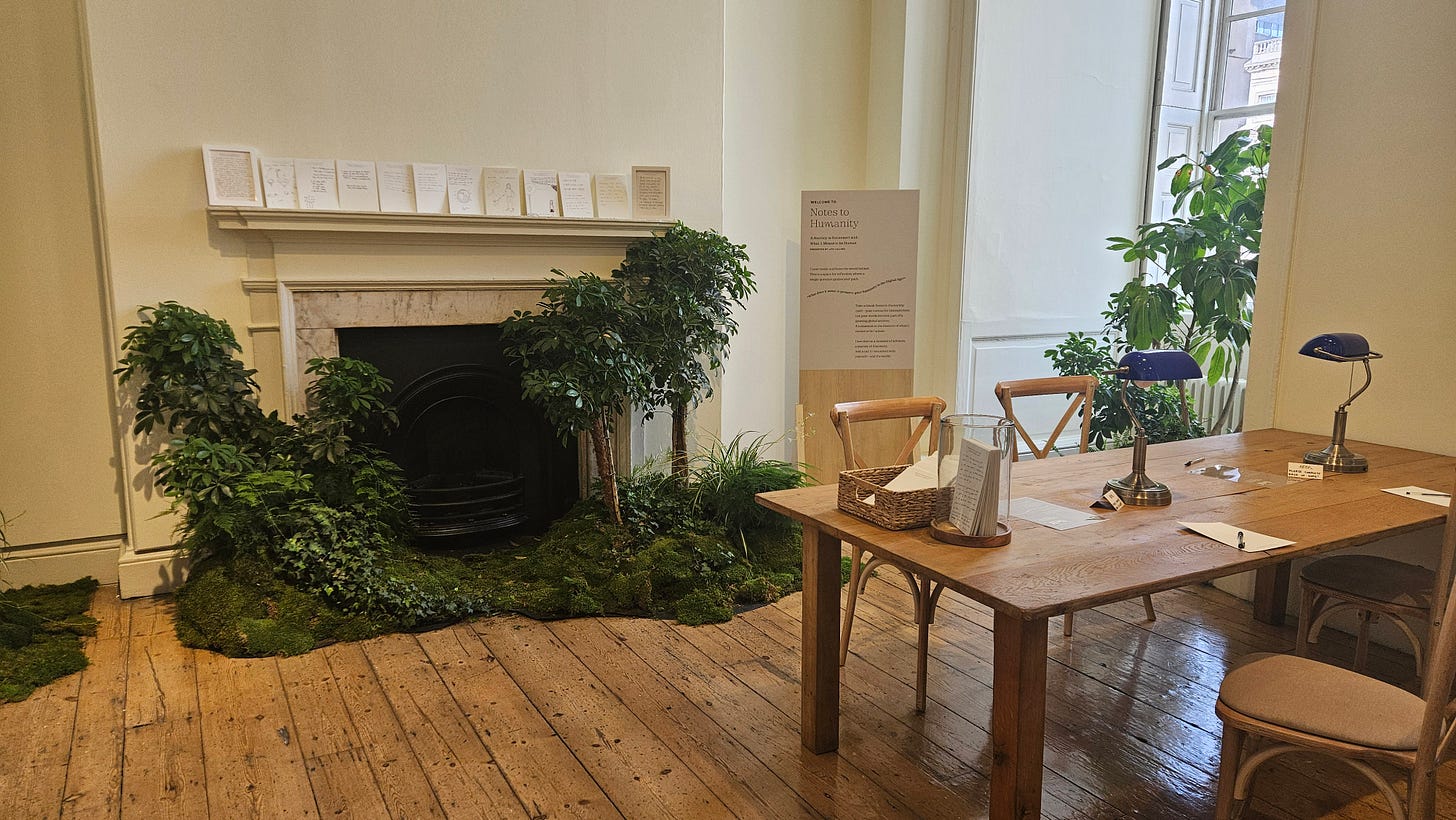
“Notes to Humanity” got it right by asking what it means to preserve our humanity in today’s digital world. Shifting the perspective away from top-down design and towards designing with communities, with natural resources, and with AI can bring innovative new ideas. The London Design Biennale 2025 is a great reminder that the future of design lies not just in technology, but in how we listen to nature, to communities, and to each other.

